Research
Research Interests
Our primary research area has focused on the three research themes of monsoon climates, land and atmosphere interactions, and climatic impacts on agriculture, forests, and human health. With our multidisciplinary collaborators we have been contributing to the science and understanding of the three research themes across the globe, including East Asia, South Asia, and West Africa, as well as the United States.
Research Themes
Monsoon Climates
: Monsoon is described as seasonal changes in atmospheric circulation and precipitation associated with the unequal heating of land and sea. We aim to figure out the certain condition of Land, Atmosphere and Ocean where these atmospheric phenomenon occurs and how these conditions are formed.
Land-Atmosphere Interactions
: Terrestrial ecosystem may directly and indirectly affect the climate system through both biogeophysical and biogeochemical processes, which can be altered by land cover and land use change (LCLUC). These changes can be affected by the climate and also vice versa.
Climatic Impacts on Agriculture, Forests, and Human Health
: Climate change is not only becoming severe catastrophe itself in terms of sea level rise or increased natural disasters, but also affects human lives with various processes. The climate system interacts with the Earth’s spheres, including Anthroposphere, by affecting seasonal changes, phenology of plants and animals, and human health.
Research
Monsoon Climates
: One of the important findings in our previous study of monsoon climatology was that changes in the heat and moisture budgets of the Asian continent and surrounding oceans impact the summer monsoon systems in East Asia and India. Drawing on finding, we extended our monsoon research to the West African monsoon and the North-East Indian monsoon (Indian monsoon during October-December).

We were invited to contribute to Oxford Bibliographies as the author of an article on monsoon climates. Yaqian He, Jothi Shanmugasundram, and Eungul Lee have prepared an annotated bibliography, with sections on monsoon dynamics, monsoon variability, and regional monsoons, with the key books and papers of monsoon identified [Lee, He, and Shanmugasundaram, 2017 Oxford University Press]. We believe that “Geography of Monsoons” will provide a scaffolding for research and teaching that guides readers through the most essential sources on monsoon climates.

Physical and Societal Aspects of the North-East Indian Monsoon
In a study on the North-East Indian monsoon (NEIM), a recently graduated Dr. Jothi Shanmugasundram, a colleague in our department (Amy Hessl), co-authors in France and Thailand, and Eungul Lee examined the climatological and societal aspects of the NEIM in the southeastern peninsular India. The physical and societal aspects of the NEIM variability could be a valuable input for predicting rainfall as well as adapting to climatic challenges during the Anthropocene.
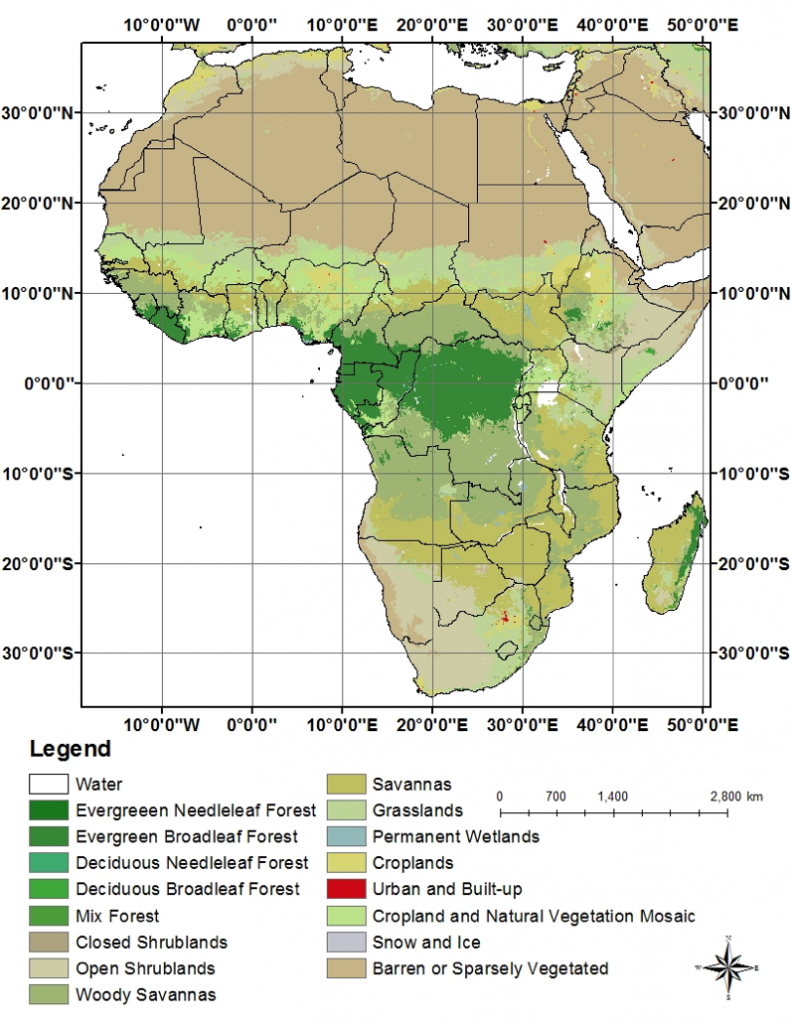
Causality of Vegetation to Sahel Monsoon Rainfall
Our collaborators in the Forestry and Natural Resources at WVU (Mo Zhou and Jingjing Liang), Yaqian He, and Eungul Lee identified the potential positive feedback of vegetation change on summer monsoon rainfall in the Sahel and suggested that recently intensifying agricultural practices could play a role in re-greening the Sahel and thereby favor rainfall increase in this moisture-limited region [Lee et al., 2015 Physical Geography]. In a follow-on study, Yaqian He and Eungul Lee documented that the regional land surface forcing contribution to Sahel summer rainfall is stronger than that of the remote ocean forcing, during the recent three decades [He and Lee, 2016 Earth Interactions]. Our results of the Sahel monsoon studies indicate that the land surface processes related to vegetation change exert important roles in explaining the Sahel summer rainfall variability.
Land-Atmosphere Interactions
: We have investigated feedback mechanisms in land-atmosphere interactions and examined the effects of LCLUC on climate to improve our understanding of how the expansion and intensification of LCLUC have affected terrestrial ecosystems and thereby the climate system.

Remote Sensing for LULCC and Climate Studies
While LULCC information is a key component for better understanding land-atmosphere interactions, most LULC maps lack time-series information, which limits their value for climatological studies. Yaqian He, a colleague in my department (Tim Warner), and Eungul Lee produced a continuous series of annual LULC maps of China from 1982 to 2013 using random forest classification derived from the NOAA AVHRR NDVI data [He et al., 2017 Remote Sensing of Environment]. Based on a comparison with Google Earth images, the overall accuracy of a simplified eight-class version of our 2012 map of land use and land cover is 73.8%, which is not significantly different from the accuracy of the NASA MODIS map of the same year. These annual maps of land cover will be an important dataset for climate studies, and the methodologies used in the classification and validation of LULC can be applied to other geographical regions where availability of continuous time series of LULC maps is limited.
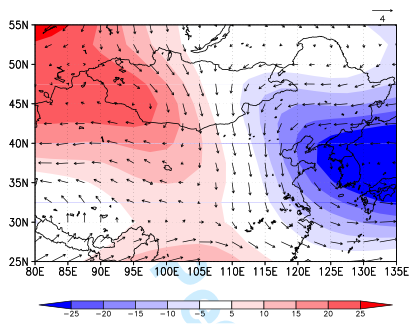
Transporting processes of Asian dust to Korea
Sunyoung Kim, Eungul Lee, and Seungho Lee explored the transporting processes for the Asian dust observed over South Korea. The frequency of Asian dust days (ADDs) were used to analyze the associations of the ADDs with land surface conditions over the four source regions, including inner-Mongolia, the Gobi Desert, Manchuria, and Loess Plateau, and atmospheric synoptic variables over central and eastern Asia. Precipitation and Palmer Drought Severity Index (PDSI) inthe source regions during the previous summer were negatively correlated with the ADDs in South Korea. Statistically and physically more significant processes were found in the associations of atmospheric synoptic conditions with the ADDs. The intensified winds of northwesterly-northerly-northwesterly over a pathway of the Asian dust from the source regions to South Korea were identified during high ADDs years in South Korea. A dipole pattern of anti-cyclonic and cyclonic anomalies over central and eastern Asia, respectively, supported the Asian dust pathway.[Kim et al., 2019, J. of Climate Research.].
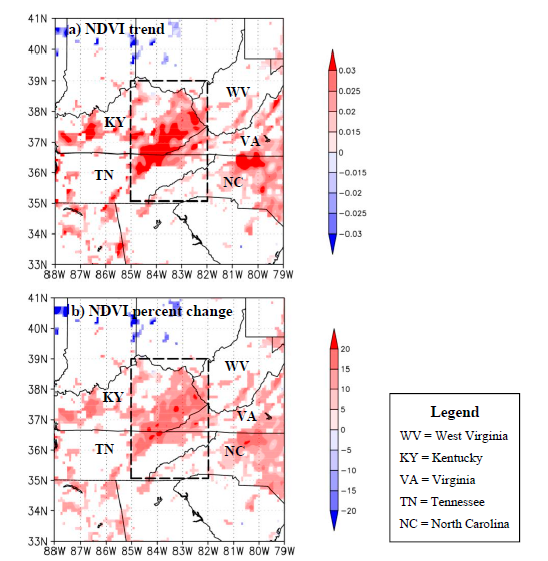
April Vegetation Dynamics in Central Appalachia
The land-atmosphere interactions are not fully understood, especially in temperate regions. Nathan Shull and Eungul Lee provided the first in-depth investigation of land-atmosphere interactions and their impacts on near-surface climate along with the competing effects of the albedo (energy) and moisture (evapotranspiration and soil moisture) feedback. To conclude, statistically significant increasing trend
in April vegetation exists from 1982 to 2015 in central Appalachia, increasing vegetation trend altered near-surface climatic conditions,
as indicated by significantly enhanced latent heat flux, 2 m-specific humidity, and soil moisture and the dominant biogeophysical process responsible for the changes in near-surface climate conditions could be the positive moisture feedback process. [Shull and Lee., 2019. Atmosphere].

Land-Atmosphere Feedback with Heat Waves over the Chickasaw Nation
At WVU, we worked with a public health scientist (Heather Basara) to investigate the roles of land and atmosphere interaction associated with heat waves that have affected the Chickasaw Nation, a Native American community in south central Oklahoma (supported by NIH R21 grant #7R21 ES022598-02). We found that the higher sensible heat from dry soil could cause significant warming from the near surface to the lower troposphere, and accumulated boundary layer heat could induce higher geopotential height and enhance anticyclonic circulations at the midtroposphere. We conclude that the anomalous anticyclonic winds could intensify the hot and dry conditions [Lee et al., 2016 JGR-Atmospheres]. These results suggest that a positive land-atmosphere feedback associated with heat waves and call attention to the need for region-specific climate adaptation planning.
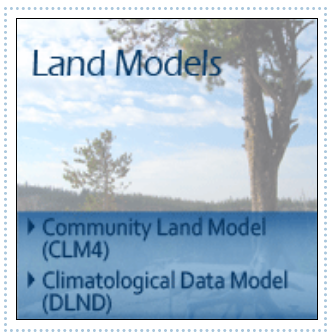
Nitrogen Limitation in the NCAR CLM4-CN
As the research on biogeochemical processes in the land-atmosphere interactions, our collaborators at Lehigh University and Eungul Lee modified the incomplete linkages between carbon, nitrogen, and water to examine how nitrogen limitation affects hydrological processes in the NCAR CLM4-CN model. We found that nitrogen limitation on the leaf-level significantly affects hydrological processes in the CLM4-CN and improves the simulation of carbon and water fluxes [Lee et al., 2013 J. Adv. Model. Earth Syst.].
Climatic Impacts on Agriculture, Forests, and Human Health
: Our major findings suggest that human-induced climate change can result in less biodiversity, food security risk, and threaten to human health. We’re exploring the mechanisms and processes of these climatic impacts on the natural and human environments with our multidisciplinary collaborators.

Based on the collaborative works with the colleagues in the School of Natural Resources (Jingjing Liang and Mo Zhou) and the Department of Biology at WVU, the long-term effects of changes in climate and fire regime on forest structure were identified by developing an integrated Climate-Sensitive Matrix framework [Ma et al., 2016 Ecological Modelling]. We projected that under future climate change the central hardwood forests of the U.S. will undergo a major shift in forest community structure from the present to the year 2100. I also contributed as a co-author to a collaborative study on positive biodiversity-productivity relationship [Liang et al., 2016 Science]. Our research shows that the ongoing species loss in global forests could substantially reduce forest productivity, thereby reducing the absorption of carbon dioxide by forests from the atmosphere. Therefore, conserving forest biodiversity might be one of the key actions to mitigate, or at least limit, climate change.
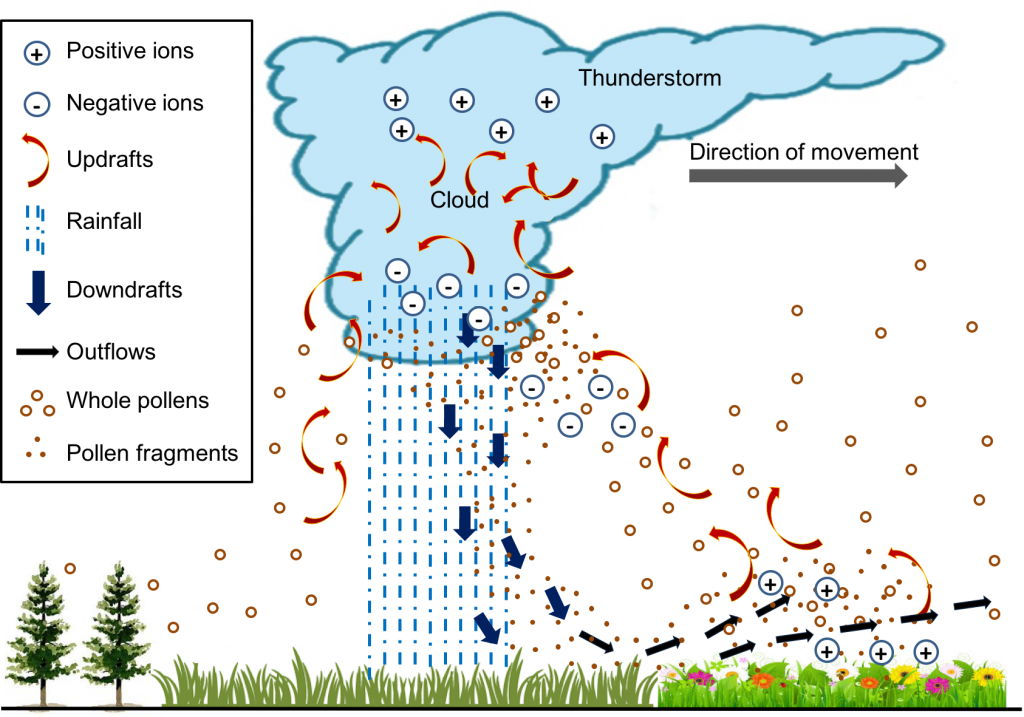
A collaborative team of epidemiologists from the CDC/National Institute for Occupational Safety and Health, a meteorologist at North Carolina State University, and I have been working on a new project, called ‘Thunderstorm Asthma’.

Climate-Irrigation-Malaria in India
With an interdisciplinary team at the Department of Statistics at WVU and the Center for Sustainability and the Global Environment at the University of Wisconsin-Madison, Eungul Lee and John Burkhart have investigated the links between climate, land use, and malaria diseases in India. The statistically significant relationships of climate and irrigation factors with malaria incidence suggest that increasing spring irrigation activity could increase malaria risk in arid western Rajasthan of the northwestern India [Lee et al., 2016b J. Arid Environments]. We also found that wetter and cooler climates related to warmer sea surface temperature in tropical western Pacific increase malaria incidence in the arid climate region.

Climate Change and Pollinator Bees
To address climatic impacts on agriculture, Yaqian He and Eungul Lee have been working with entomologist (Yong-Lak Park; Jeong Joon Ahn) and horticulture scientist (Nicole Waterland) at WVU and acarologist in the University of Michigan to examine the impacts of future climate change on the multitrophic interactions among bees, a bee parasite (a mite), and blueberries in the Eastern U.S. (supported by USDA NIFA grant #2014-67004-21631). My collaborators and I have demonstrated that, under future climate scenarios, the number of generations of mites will likely increase by 1.5 to 2.0 times by the year 2100 [Ahn et al., 2016 PLoS ONE], and this will negatively affect pollinator bees. Understanding the phenology of the bee parasite in the context of climatic change is critical for crop pollination, which has a direct impact on the local farm economy.
In a follow-on study, we have examined the effects of future climate change on the key phenological events of Japanese honey bee in the Eastern U.S. Under future climate scenarios, a significantly longer duration of bee development, which we identified in the southern Eastern U.S., increases the potential risk of bees being exposed to pests [Lee et al., in revision Climatic Change].